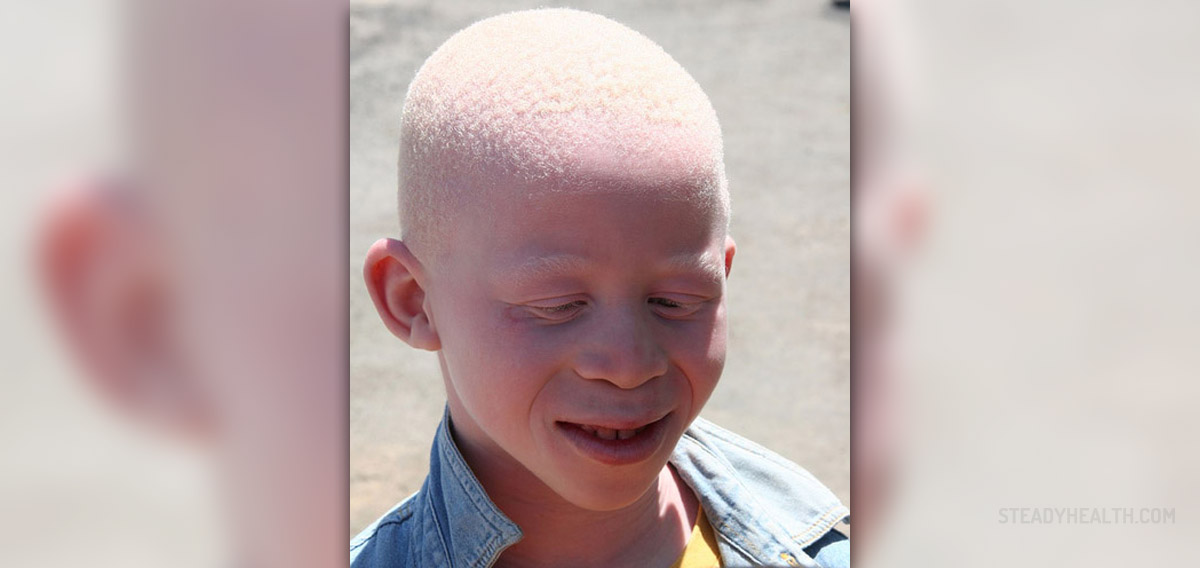
Albinism
Albinism is a rather rare genetic disorder and it features with complete or partial absence of specific pigment called melanin. It may also occur as a consequence of absence of the enzyme involved in production of melanin. Albinism affects less than 5 people in a million.
There are several forms of albinism. Two main forms are oculocutaneous albinism and X-linked ocular albinism. Additionally, albinism may be one of the characteristics of some other medical conditions such as Hermansky-Pudlak syndrome, Chediak-Higashi syndrome, Gricelli syndrome, Waardenburg syndrome, and Tyetz syndrome.
Oculocutaneous Albinism
This type of albinism can be further divided into 4 sub-types. The absence of pigment melanin affects the skin, hair and the eyes. Because the iris has no pigment these people appear to have red eyes. Depending on the subtype of this form of albinism people may begin or even be able to produce melanin during childhood and adolescence. The hair can turn from white to golden blond or even brown. The skin usually stays white and in some cases it may ten a bit. And finally, even the iris may change in color. Type 2 oculocutaneous albinism typically affects Sub-Saharan Africans and African Americans. Their hair is yellow or reddish-brown and eyes are blue-grey or tan. The skin of these people is white. If exposed to the sun people suffering from type 2 oculocutaneous albinism may develop freckles, moles and lentiges. Type 3 affects dark colored South Africans. Their hair is auburn, reddish or ginger and eyes hazel or brown. And finally, type 4 oculocutaneous albinism commonly affects Japanese descendants.
X-Linked Ocular Albinism
In ocular albinism only the eyes are affected by the lack of pigment. People suffering from this type of albinism have normal color of the skin and hair, though their hair and skin may be slightly lighter comparing to parent's skin and hair. It may also occur that these people have a normal color of the eyes. Since ocular albinism is related to the X chromosome men are more affected than women.
Albinism in Other Syndromes
Hermansky-Pudlak Syndrome commonly features with symptoms of bowel and lung disease and bleeding disorder. People suffering from this syndrome also suffer from symptoms that are typical for oculocutaneous albinism.
Chediak-Higashi Syndrome is a genetic disorder in which multiple systems of the body are affected. This syndrome also includes symptoms similar to those that occur in oculocutaneous albinos. Their hair may be brown or blond but has a specific silvery shine. The eyes of patients suffering from Chediak-Higashi Syndrome range from creamy white to grayish.




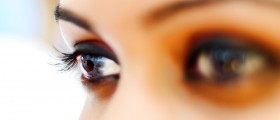
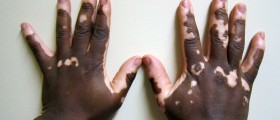




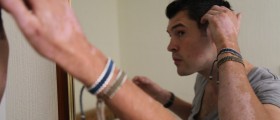
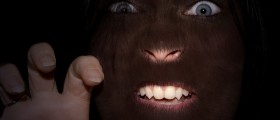


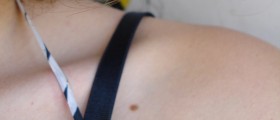


Your thoughts on this
Loading...